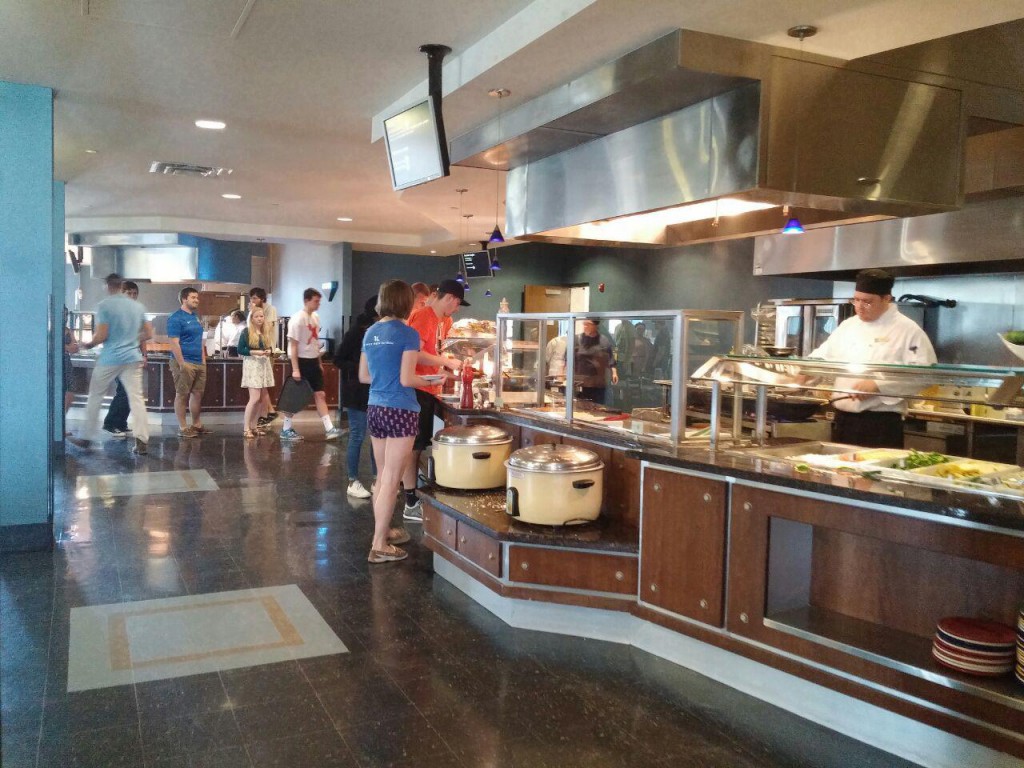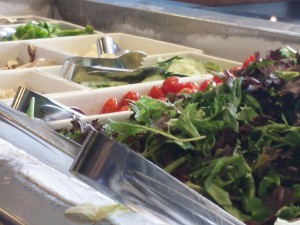The Free Market Cafeteria System
One of the biggest factors when choosing a college is food. “What is the cafeteria like?” asks almost every family that tours Grove City College. But what most people don’t ask is: “how responsive is the cafeteria?”
You see, though it is clearly important to go to a school that serves good food, it’s equally important to look at how it addresses the three major cafeteria issues:
- “Good food” is relative. You can’t always please everybody.
- Sometimes, well-intended food is just not good. Lobster Newburg cafeteria style may not always turn out as good as it was meant to be.
- Duration. Just because something is good doesn’t mean students want it every two days.
How a cafeteria addresses these issues is extremely important
Here at Grove City College, I and many other students have observed the incredible responsiveness of our three cafeterias. Sure, they can’t please everybody, but good communication between students and staff allows them to please a lot of people as often as possible. Our cafeteria staff is all about learning what offerings are actually good and how often students want to have these offerings.
It’s a simple as this: my friends and I write a note on one of the response cards—something like “I like deez tacos”—and before we know it, there’s an extra meal each week where they serve tacos! I call it the free market cafeteria system.
Here are a couple examples of our free market cafeterias in action:
My friend Emily is lactose intolerant. The GeDunk cafeteria had previously offered only regular milk, but when Emily reached out to them, they began stocking almond milk as well.
Every month the cafeteria staff hosts a Food Feedback Forum—a specially prepared dinner with prizes for participants. At one forum I attended, students asked if there could be more protein options for the salad bar. The next week, the salad bar added cold meats such as turkey for salads.
Yes, we have three great cafeterias here at Grove City College. But more importantly, we have three responsive cafeterias.

